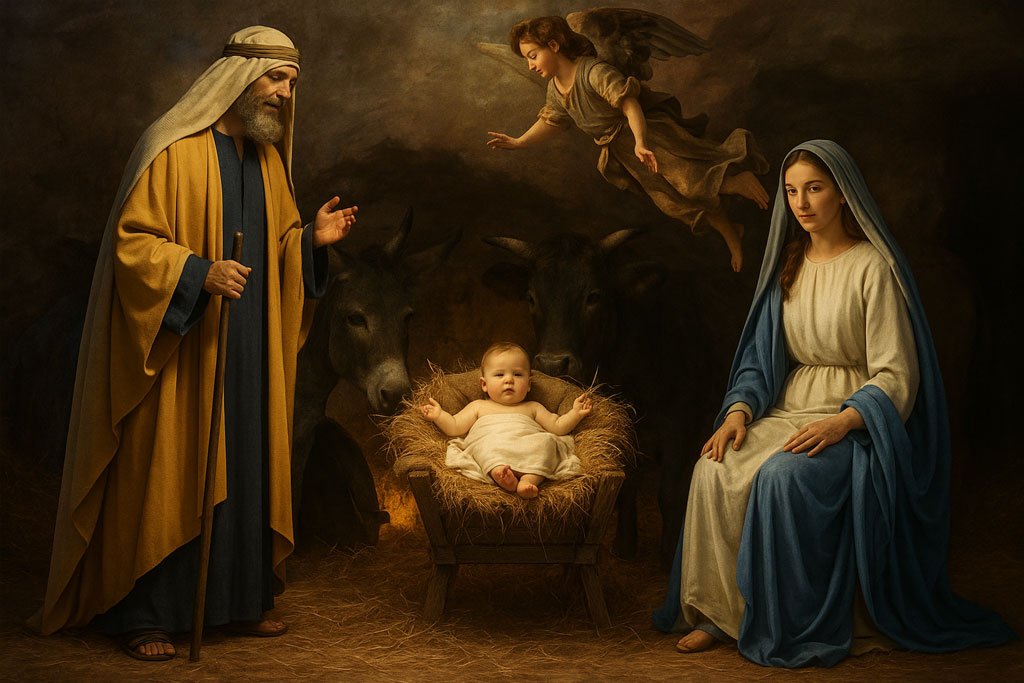Sweden: Daily life and social customs
Christmas is celebrated on December 24 with the traditional Julskinka ham. Glogg, a mulled, spiced wine,…
Finland: Daily life and social customs
…in northern Finland, the spruce Christmas tree is a relative newcomer to the country, having made its…
Cuba: Religion
The government removed Christmas from its list of national holidays in 1969. The constitution of 1976…
Ember Days and Ember Weeks, in the Roman Catholic and Anglican churches, four “times” set apart for special prayer and fasting and for ordination of the clergy. The Ember Weeks are the complete weeks following (1) Holy Cross Day (September 14); (2) the Feast of St. Lucy (December 13); (3) the first Sunday in Lent; and (4) Pentecost (Whitsunday). The current practice is to compute the Ember Days directly as the Wednesday, Friday, and Saturday following the third Sunday of Advent, the first Sunday of Lent, Pentecost Sunday, and the third Sunday of September.
Error! Filename not specified.
The exact origin of the Ember seasons is uncertain. In the early church, they were limited to three and may have been the Christian transformation of pagan festivals. From Rome the observance of the Ember Weeks and Days gradually spread throughout the Western church. On February 17, 1966, Pope Paul VI excluded the Ember Days from the church year as formal days of fasting and abstinence for Roman Catholics.
The Editors of Encyclopaedia BritannicaThis article was most recently revised and u
Molten Image
MOLTEN IMAGE (מַסֵּכָה, H5011, from נָסַכְ, H5818, to pour). By divine commandment the Israelites were explicitly forbidden to make graven images (Exod 20:4; Deut 5:8). This commandment also pertained to the making of molten images, the words “graven” and “molten” referring to the manner in which the forbidden image was constructed. See Idolatry; Graven Image.
The word פֶּ֫סֶל, H7181, refers, qua terminology, first of all to an image of a god cut from stone, shaped from clay, or carved from wood, but it also includes images cast from metal (Lev 19:4; Deut 27:15). Such an image was made by pouring molten metal, gold, silver, iron, or bronze, over a prepared form or into a mold (Isa 40:18-20).
